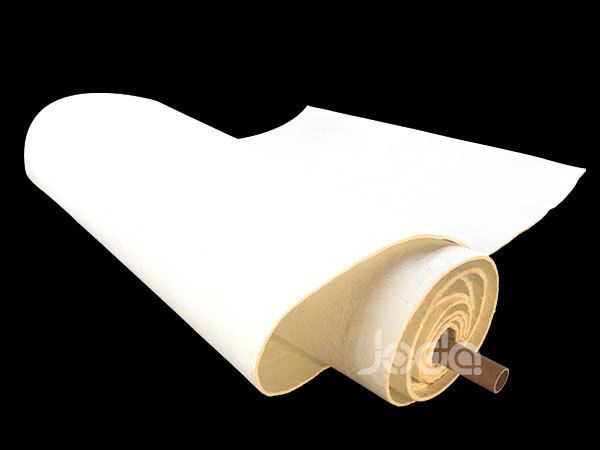New Lightweight Materials Can Expand With Heat
17 Oct 2017Researchers are tapping into the properties of “bubbles” to create a new, lightweight heat insulation material that expands with heat to fill any given shape.
A team from the University of Pennsylvania and the Korea Institute of Science and Technology have found a way to exploit the properties of bubbles to create “microbombs,” a type of material that expands with heat to form microclusters that can fit themselves to fill their physical confinement.
The microclusters became extremely lightweight with soft and adaptable boundaries when they expanded to large volumes.
“We got our inspiration from how farmers in Japan make square-shaped watermelons by growing them in plastic cages,” postdoc Hyesung Cho said in a statement.
The researchers prepared microwells from a rigid material that could not be deformed against the expansion of microbombs and then carefully heated the microbombs to cause them to expand and thin the shell around the bubble without fracturing it.
This strategy enabled the researchers to create microclusters with a wide variety of shapes including circles, triangles, squares, pentagons and hexagons and partitions (from single to multiple units per cluster), edge profiles (from round to sharp corners) and hierarchy. They were also able to transfer micro-nanopatterns onto the surface of the microclusters.
“The nice thing with our approach is that we can actually inscribe any pattern into the wall inside of the physical confinement, so, when the material expands and softens, it will mold the pattern from the wall into those beads,” Shu Yang, a professor of materials science and engineering in Penn's School of Engineering and Applied Science, said in a statement.
The oil pipeline insulation material could lead to improved heat and sound insulation, electromagnetic interference shielding and a process called jamming that has been used in robotics and materials designs, where particles squeeze together in a tight space.
Jamming can be used in robotics to grab objects and pick them up.
“When you look at something hollow, such as a ceiling, there's air to actually provide heat and acoustic insulation,” Yang said. “The question now is how we can engineer this lightweight material to reflect light, heat and/or sound by taking advantage of the hollow structures beyond one simple function.”
The researchers ultimately hope they can better understand the volumetric explosion of microbombs as well as how they react to certain conditions and the interplay between the material’s atoms will allow them to improve the process of jamming.
The researchers also can inscribe patterns on the microclusters and possibly mimic complex structures in nature including the Sahara ant’s hair, which are hollow but triangular. The surface has corrugations on the top facets of the triangular prism and a flat bottom facing the ant’s body. The complex design allows the ant’s hair to effectively reflect the infrared light and keep the ant’s body cool in the hot desert sand.
source: http://www.aerogelinsulationblanket.com/industry-news/highly-effective-aerogel-glass.html




/image%2F2453989%2F20171226%2Fob_ca598d_10.jpg)
/image%2F2453989%2F20171110%2Fob_d6cc3c_hurst-industrial-boilers1.png)
/image%2F2453989%2F20170901%2Fob_cb4591_insulation-blanket.jpg)
/image%2F2453989%2F20170822%2Fob_6d87a0_45.jpg)
/image%2F0000001%2F20170718%2Fob_c6f611_19.jpg)